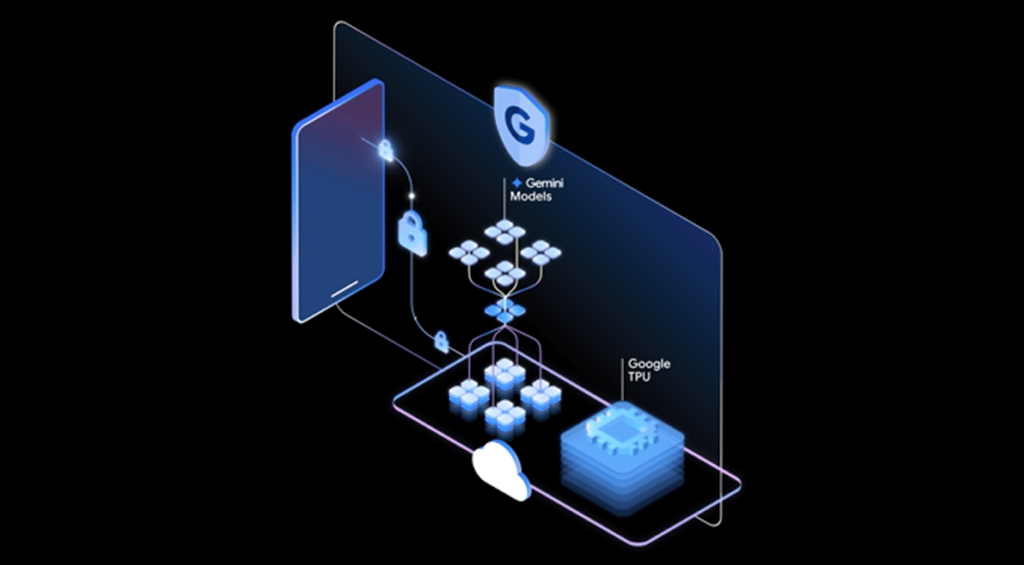Datamation content and product recommendations are
editorially independent. We may make money when you click on links
to our partners.
Learn More
Data classification allows organizations to identify what data should be the primary focus in their infrastructure and make decisions about how to secure that data. It is a critical step to ensure that a company has an effective data analytics practice, and a solid data security system.
A company’s data is often divided into groups from low to high. These labels show groups of data that share a common risk. Data classification can help a company secure data based on how it should be treated and handled.
See below to learn all about how a company successfully classifies data:
6 Steps for Conducting a Data Classification:
1. Perform a risk assessment for sensitive data
2. Establish a data classification policy
3. Categorize the types of data
4. Identify data locations
5. Identify and classify data
6. Use results to improve security and compliance
6 Steps for Conducting Data Classification
1. Perform a Risk Assessment for Sensitive Data
When performing a risk assessment, a company should decide what to scan based on its largest concerns. IT risk assessments can identify, analyze, and evaluate data types within a company’s infrastructure.
- Identify Any Risks Within the Infrastructure: Decide what might potentially cause harm and what information is likely to be hacked.
- Deciding Which Risks Are Most Likely to Affect the Company: While some risks do not need to be addressed as much as others, there needs to be an evaluation of all data to find what is most likely to affect the company and what is the optimal solution.
- Evaluate Risks and How toLabel Them: Once a company has looked into the likelihood of damages or lost data, it must evaluate the information and label what data is most at risk.
- Record Information From the Evaluation: A company needs to keep all of the evaluation information. Keeping track of sensitive information in the infrastructure can ensure a company is safe from cyberattacks.
- Review Assessment and Complete Updates When Necessary: Keeping information current is a necessary action. Updates should be completed often to help a company reduce the risk of attacks.
Using risk assessments can help an IT team make the correct decisions for a business. It is vital to map out and see an infrastructure’s vulnerabilities to classify data and prevent future attacks.
For more information, also see: Data Management Platforms
2. Establish a Data Classification Policy
Most companies have a unique data classification policy due to having different needs for handling data. The policy should be general, so it encompasses all of the data but is specific enough to avoid any confusion. A company should have a clear, simple, and concise data classification policy for all employees to understand.
Data classification policies should be reviewed consistently to ensure the company’s classification remains accurate. Updates of the policy should be tested at least quarterly.
The benefits of establishing a data classification include:
- Establishes communication within the organization about company data.
- Creates an effective system for data integrity and regulatory requirements.
- Guides security controls once the data is classified.
3. Categorize the Types of Data
With the sensitivity of the data a company holds, there are different levels of classification, which determine what needs to be protected, including who has access to the company’s data. Typically, there are four classifications for data:
- Public: This classification is similar to low sensitivity. Public access is available without security controls. This information is not a large concern.
- Internal: Similar to medium sensitivity, this classification is meant for internal use only. However, if this information is exposed, it will not be detrimental to the business.
- Confidential: This classification is between medium and high sensitivity. The data needs to be confidential. If the data is exposed, the company may deal with negative results.
- Restricted: Similar to high sensitivity, if this data is leaked, it is detrimental to a company. If leaked, it can cause a loss of customers, money, and lead to legal and regulatory consequences.
Once the data is classified, IT teams can move on to identifying data locations.
4. Identify Data Locations
Tech experts believe a business must incorporate maps into its infrastructure. Location business intelligence can enhance analytics; knowing the location and context of data helps businesses that store large amounts of data spread across their infrastructure.
Some examples of locations of the infrastructure may be:
- Databases on-premises or in the cloud.
- Big data platforms.
- Collaboration systems.
- Spreadsheets, PDFs, or emails.
Keeping track of data locations is especially important for classifying data. Knowing where sensitive data is can help with monitoring for risks or losing data.
For more information, also see: Top Data Warehouse Tools
5. Identify and Classify Data
Once a company has completed the previous steps, important assets should be acknowledged, including their infrastructure, network, internal data, and customer data. Prioritizing assets is vital to classification.
A company must first identify assets and classify them as low, medium, or high sensitivity. Typically, assets with public access are the lowest sensitivity and internally protected data is the highest.
Let’s take a look at some examples of low, medium, and high sensitivity assets:
| Classification |
Access Restrictions |
Examples |
| Low sensitivity |
Public access |
Website, product announcements, and job listings |
| Medium sensitivity |
Internal access (if accessed by public, not catastrophic) |
Telecommunication systems, emails, and brand |
| High sensitivity |
Protected data (if accessed by public, catastrophic) |
Customer details, financial records, and internal operation documents |
Once all data has been classified, a company should act on how to move forward with the high, medium, and low sensitivity data to know what needs the most treatment.
6. Use Results to Improve Security and Compliance
Based on what a company learns from classified data, it may be time to revisit the data classification policy. If there are areas in the policy that no longer apply, it is time to update the information.
If there are areas of change or the level of risk is more severe than the company thought, updating the policy will help to implement monitoring often. It is vital to have an employee or a team manage the monitoring of their data and infrastructure.
For more information on this topic: 5 Top Data Classification Trends
Data classification software helps businesses reduce time on the data classification processes and increase productivity.
When deciding what classification tools to use, it’s important to ask these questions:
- Does the tool support scalability?
- Does the tool work across different data types?
- Does the tool work across multiple systems?
- Will the tool reduce problems or create them?
- What else can this data classification tool do?
The most popular data classification tools include:
- IBM Security Guardium
- Varonis Data Security Platform
- Digital Guardian
- Microsoft Purview Information Protection
- NetApp Cloud Data Sense
If a company decides to choose a tool rather than classify it themselves, these tools are some of the best options.
For more information, also see: Top Data Analytics Tools
How Data Classification Helps Secure Your Infrastructure
Data classification is a vital part of a cybersecurity system. With the steps listed above, any company can improve themselves through helpful tools. From performing a risk assessment and identifying the data, data classification will keep a company’s infrastructure safe to reduce cyberattacks.
For more information, also see: The Data Analytics Job Market









